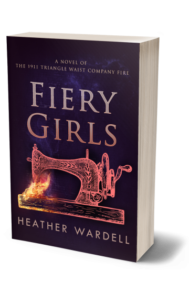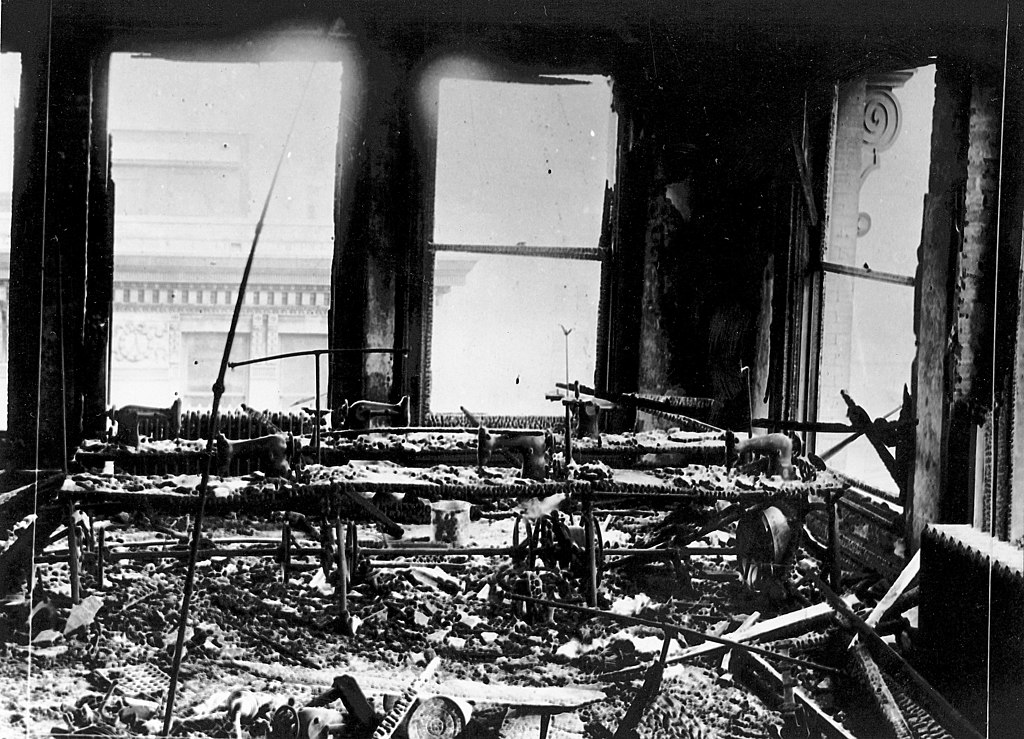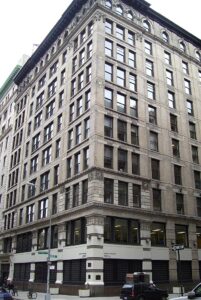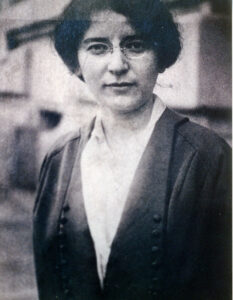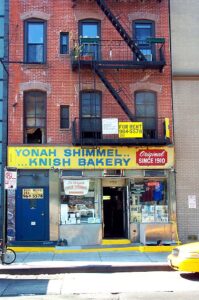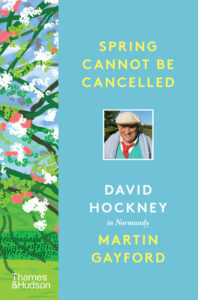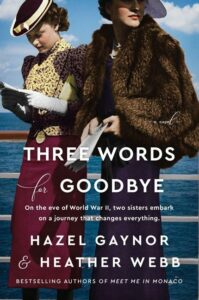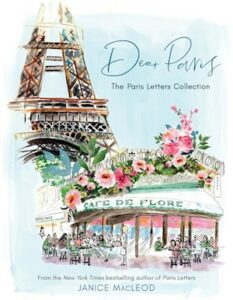
A painterly, epistolary, poetic memoir chronicling an expat’s love affair with Paris (2012-2020):
Chers Lectures (Dear Readers),
“Paris is truly enchanted” in artist/writer Janice MacLeod’s 140 “painted letters”: calligraphy pen and watercolor illustrations enveloping charming, uplifting, catchy prose. Dear Paris: The Paris Collection Letters is a creative memoir spanning eight years of a Canadian expat’s life as an “urban walker” with a “romantic heart” in what MacLeod exudes is “the most romantic city in the world.” You may disagree, as plenty of bucket-list travel websites have other opinions. When you read MacLeod’s perspectives on why “Paris is a magical city,” treated on every page to its Joie de Vivre culture and attitudes, you might change your mind.
“I love her,” MacLeod says, despite the city’s “bloodbath” history, which makes many letters historically interesting. Her observations, paintings, and reflections absorb that history, giving depth to a wide range of subjects in the City of Light that has drawn artists and writers to it for centuries. “I love her through all of it, perhaps because of this.” You’ll find her musing on the 1920’s Lost Generation when F. Scott and Zelda Fitzgerald lived in Paris, as did Hemingway with his first wife Hadley and Jack “Bumby” their first son. You’ll also be taken to the Beat Generation, the Belle Époque, Napoléon Revolution, Bastille Day. “History is everything and everywhere in Paris.”
“Are we allowed to behold such splendor, allowed to be this happy?” she asks. Her answer: “Yes! Oui! Weee!” See why you’ll get hooked?
You can see examples of the letters on MacLeod’s Etsy website https://www.etsy.com/shop/JaniceMacLeodStudio, which she explains in a crisp, engaging introduction was the genesis of this unusual collection that began in 2011 when she left her Creative Director advertising job in Los Angeles (formerly copywriter) to “become an artist.” She broke new ground when she conceived of the first letter-writing subscription service on the crafty website. A pen-pal service that sends out monthly letters that can be framed, and serves as a travel memoir to “the most beautiful city in the world.” This is her third Paris journeying book. USA Today named her 2017 A Paris Year one of the “Top 10 Most Beautiful Books.” Wonder how they’ll rate this gorgeous Dear Paris: The Paris Letters Collection?
Expect to gaze at and read about Parisian gardens, flowers, blossoming trees, and the changing seasons (“a vibrant costume change”); a slew of lively cafés, lingering with her coffee, patron and waiter watching; fountains (200 in Paris, here are some beautiful ones); Art Nouveau lampposts; carousels (also calling Paris the City of Carousels, all free, a “gift to citizens and visitors”); cathedrals (Notre-Dame before, capturing the 850-year-old church, and after the 2019 fire that shocked the world); iconic and not as well-known statutes and monuments; holiday celebrations (May 1 is their Labor Day, or Lily-of-the-Valley Day celebrated by giving these lovely white flowers to a friend), and her annual Bonne année et Bonne santé wishes (“Happy New Year and wishes for good health”); umbrellas in a wet city that’s freezing in the winter, colder than many “big, big cities” because of the humidity and the fact that Parisians spend their time outdoors. Dear Paris reflects that c’est la vie and laissez-faire and on every page, in every letter.
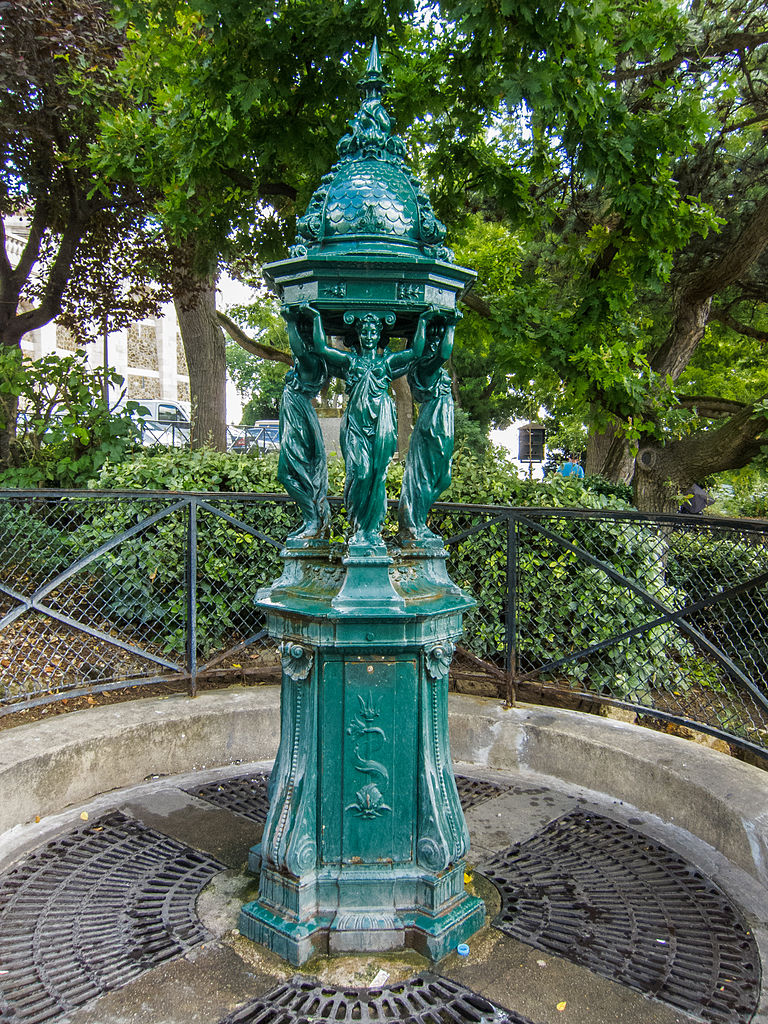
By Martin Robson from Brighton, UK [CC BY-SA 2.0] via Wikimedia Commons
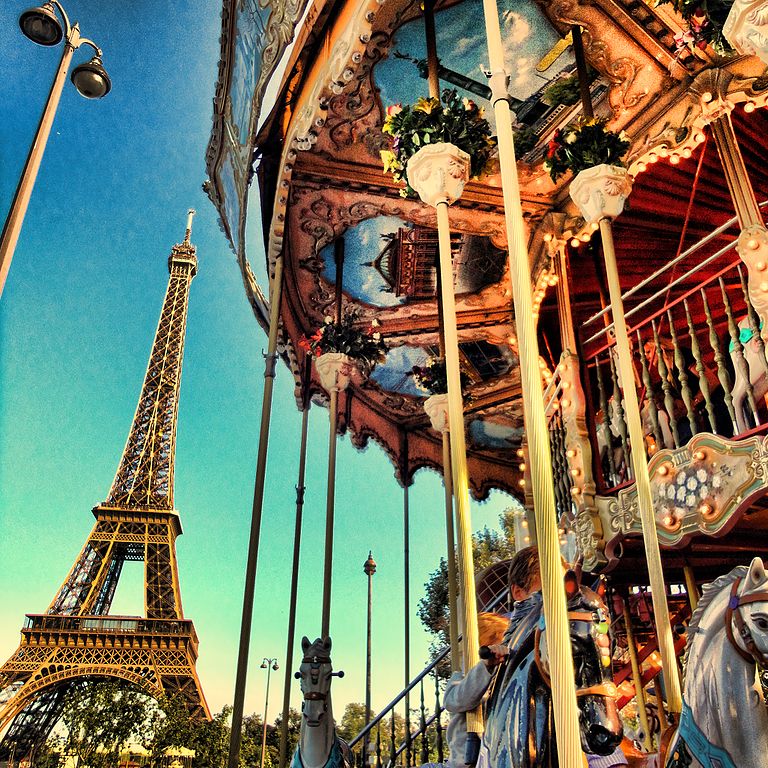
By stanley patty [CC BY 3.0] via Wikimedia Commons
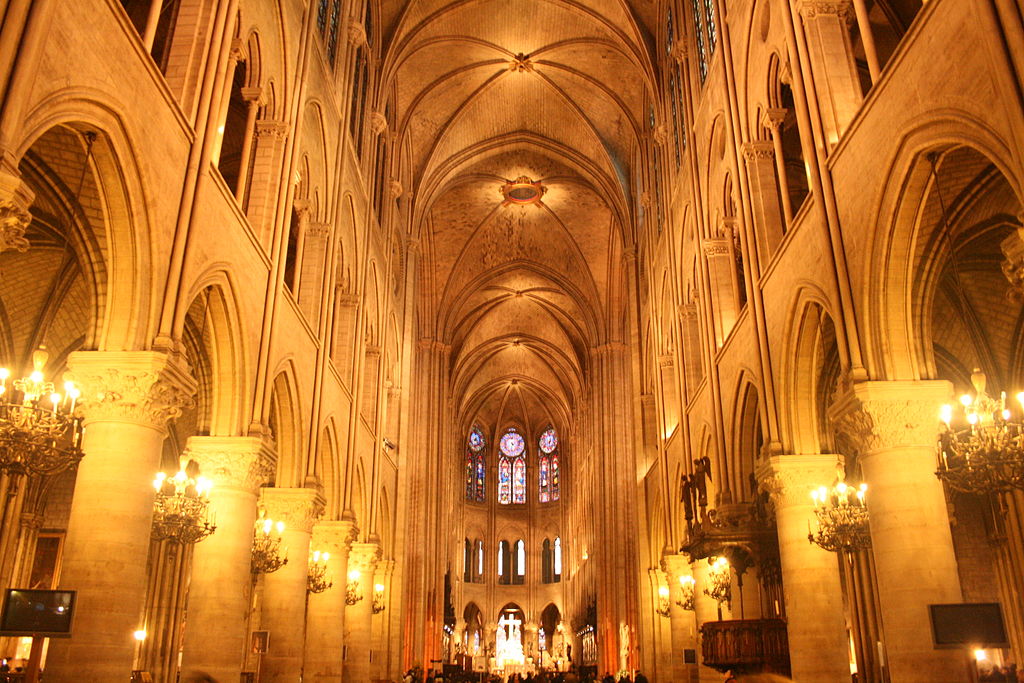
By Diego Delso [CC BY 3.0] via Wikimedia Commons
“Paris does something to a person. It unleashes the pent-up romantic.” Early on you’ll find whispers of a man she meets; as the years go by you’ll see she’s fallen in love with him, and has a future with him. While she respects his privacy, we’re told his name is Christophe, an expat from Poland, who works at the boucherie on the street she lives on in the Latin Quarter, Rue Mouffetard. That street in the 5th arrondissement (district) means a lot to her, so the first letter depicts a colorful fruit stand beneath a church, a scene outside of her apartment. We also know he looks like Daniel Craig, one of the 007 actors. Check out her Instagram account and you’ll see he definitely does, which adds to the romantic sparkle of the book.

By www.GlynLowe.com from Hamburg, Germany [CC BY 2.0]
via Wikimedia Commons
MacLeod shows us she’s become the artist she dreamed of becoming. She also knows her way around words that grab our attention, presumably a skill she carried with her from her advertising days. Passionate about her art supplies, worthy of a letter when she finds herself in heaven shopping at one of Paris’ legendary department stores, Le Bon Marché, first in the world. The deluxe stationary shop is seen as a sensual experience.
In the artist’s eyes, her “painted letters” sometimes need a finishing touch. So the collection is partly a numismatic collectors’ delight, increasingly adorned over the years with postage stamps she’s pored over to fit the subject or theme of the letter.
The letters go beyond visual and lyrical food for the soul. This being Paris, expect mouthwatering tastes at boulangeries (ubiquitous bakeries; baguettes are taken so seriously that the government limits ingredients to flour, yeast, and salt); patisseries, including the macaron craze, a “jewelry box of deliciousness”; chocolatiers; glaciers (ice cream shops); restaurants; and specialty shops.

The book is smartly designed. The handwritten inked/watercolor letters consume the right side of the page, sometimes two. For those who prefer to read them in a formal though considerably less intimate format, or in case there’s a handwritten word that’s hard to decipher (I found none), the letter is typed on the left side of the page. If you stick to the warmer-feeling letter, make sure you don’t forget to read the quote at the bottom of every left page. Each adds insight to that month’s letter, written by authors, poets, songwriters, filmmakers. Without even telling us, or painting the most famous bookstore in all of Paris, Shakespeare and Company, we gather simply from the diversity of these messaging quotes Macleod is a diverse reader of literature and culture.

Each letter is a new exploration, a new experience particularly when your way to get to know a city is by walking hours and hours until you’re feet hurt and then resting, indulging, and observing the people around you, alone or with a friend or lover.
The 140 illustrated letters are always addressed to her good friend Áine, except the one addressed to Patrice, a devoted subscriber she learned passed away in a letter from her daughter, Bernadette, who continued her mother’s Etsy subscription.
Paris is “eye candy,” “a giant Ferris wheel,” “one big plant box,” seducing us in the “City of Amour,” so each version charms us. When a letter is interspersed among all the Paris ones, written and postmarked from a different city, we’re surprised each and every time we stumble upon it – mostly from other European countries and cities, and a few Canadian and American ones. It’s as if MacLeod relishes re-falling in love with Paris, again and again.
“Joyful Rapture” is how the artist/writer describes the annual tradition of turning on the fountains. Joyful rapture also describes this special reading and visual experience.
“We must find our place in the world.” Janice MacLeod has found hers. For those who wish to travel to find theirs, she inspires us. We’re happy for her. Truth be told, we’re also a bit envious.
Lorraine


